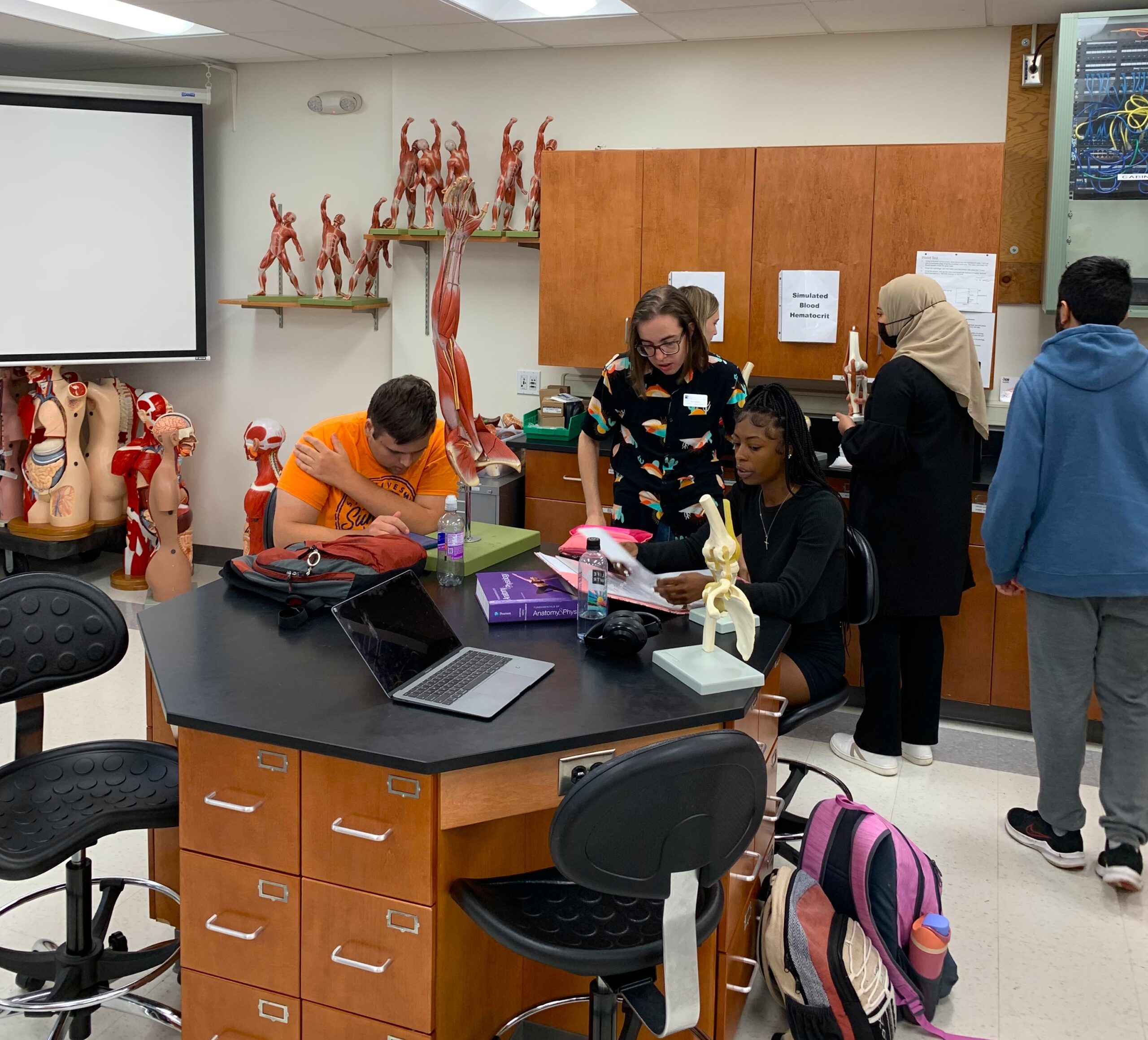Four leaders of Chinese vocational schools visited STLCC from Nov. 1 to Nov. 14 in an effort to learn how to strengthen leadership, teaching, and industry connections in the vocational schools throughout China.Eric Aikin
– Staff Writer –
Four leaders of Chinese vocational schools visited STLCC from Nov. 1 to Nov. 14 in an effort to learn how to strengthen leadership, teaching, and industry connections in the vocational schools throughout China.
The visit was the product of a partnership between the American Association of Community Colleges and the China Education Association for International Exchange, called the Vocational Education Leadership Training program (VELT).
The visiting school leaders were Xingwang Li, Tuoheti Abulajiang, Bin Kong, and Jinfeng Wang, and visited from Anhui Technical College of Water Resources and Hydroelectric Power, Xinjiang Institute of Light Industry Technology, Ningxia Polytechnic and Tianjin Sino-German Vocational Technical College, respectively.
As the administrators exchanged ideas, Li, who spoke through a translator, came up with the idea of a teacher exchange program between his vocational school and STLCC.
“We can send teachers some of the teachers for the specialized teachers to come here on this campus and to do special training and we would like to have the teachers here to attend the class,” Li said. “And we also on our campus, we also have very advanced or very good programs and we would like to invite your teachers to our campus and to attend our class and teachings at the same time.”
Because most vocational schools in China are less than ten years old, Paul Pai, Ph.D., president of STLCC-Meramec, said that the biggest concerns for the Chinese administrators were how to help their graduates find jobs, and how to acquire and develop faculty for their schools.
“These are presidents or vice-presidents of the [vocational] colleges,” Pai said. “So they need to know the global view, the hierarchy organization structure and how we make decisions, some strategic stuff.”
Aside from helping Chinese vocational schools to learn, the visit also gave STLCC a chance to showcase its capabilities to the public.
“Right now, our country is right in the midst of this revelation to a lot of people that community colleges are really doing a great job and play a very important role in fulfilling the workforce demand,” Pai said. “And so I think this is a great opportunity for us to show them how we do it.”
Another benefit of the visit was that the different perspectives the Chinese school leaders brought shed light on the benefits of the community college system.
“Through this interaction we can realize some of the highlights that [foreign] people will really appreciate probably even more than we do, because we’re so accustomed to it. We take for granted what we already have,” Pai said. “At the same time, while they don’t have it, they will certainly bring to our attention what’s so precious about our own system.”











